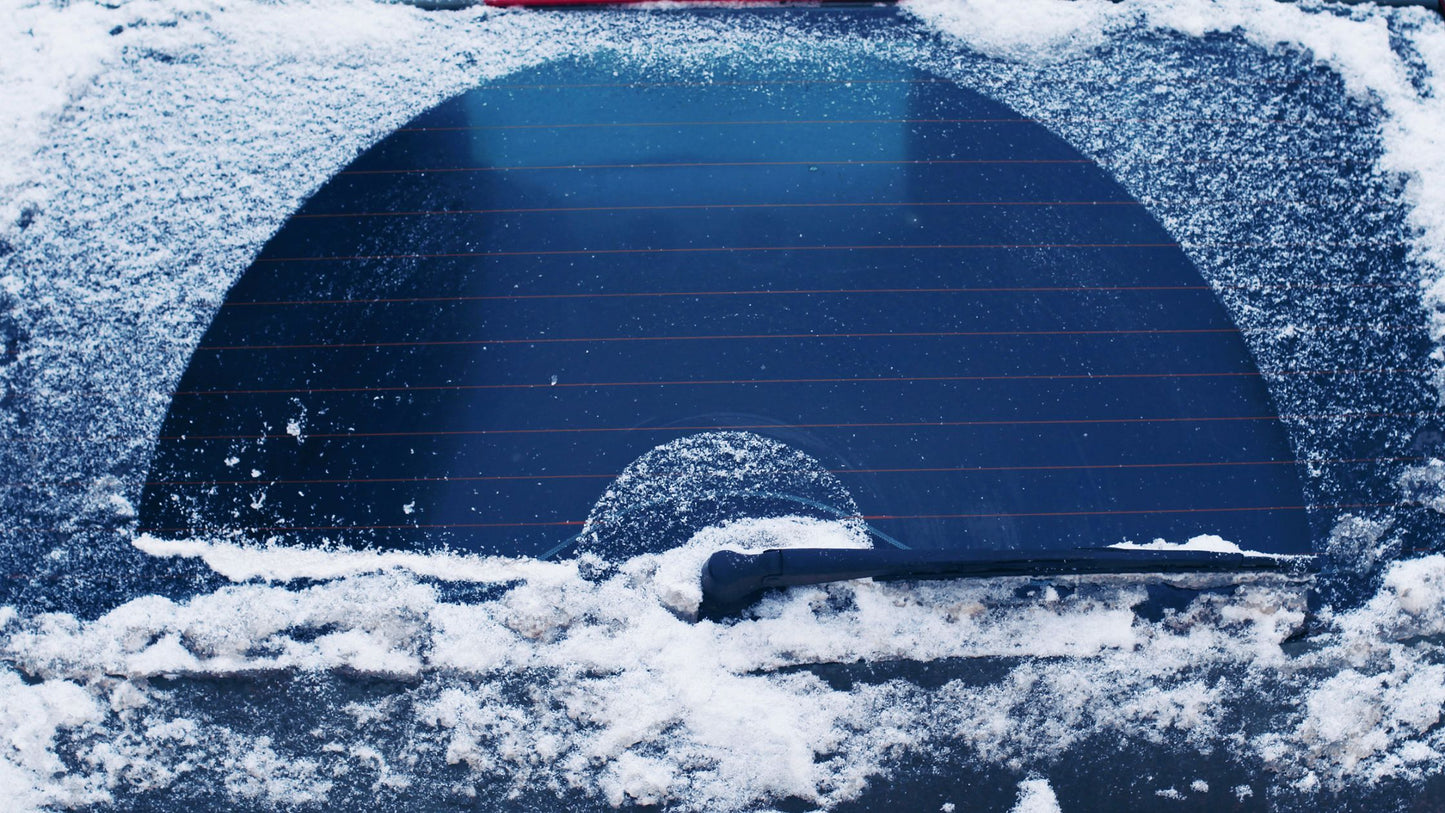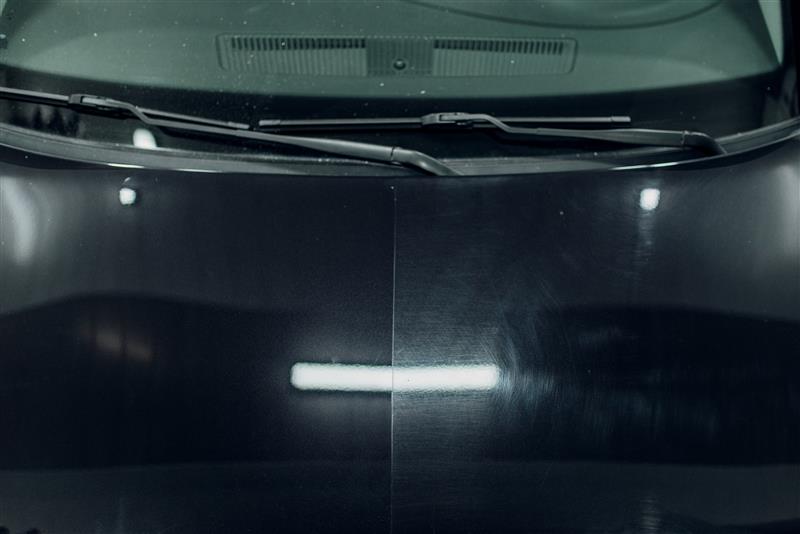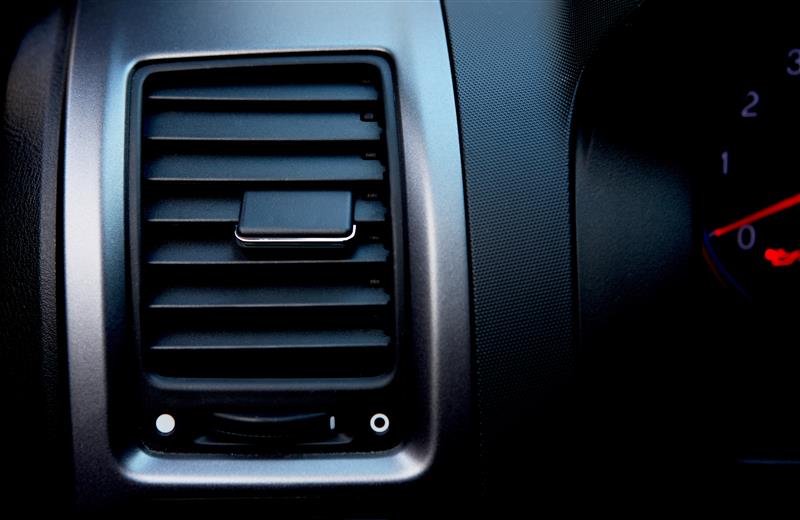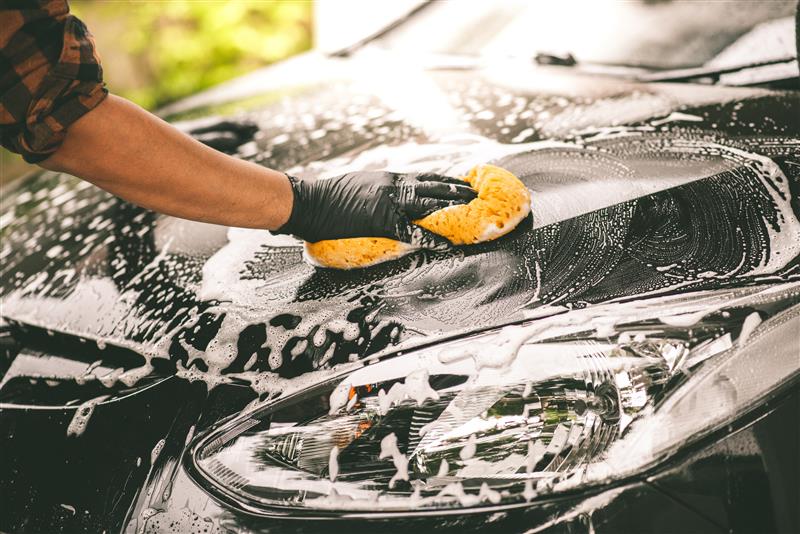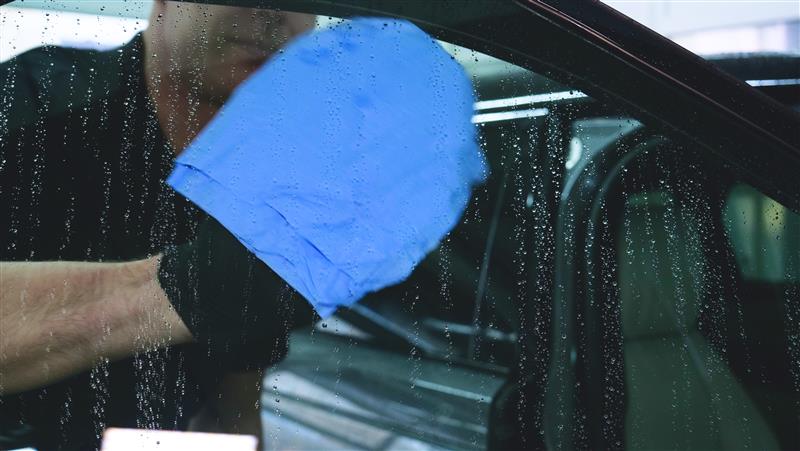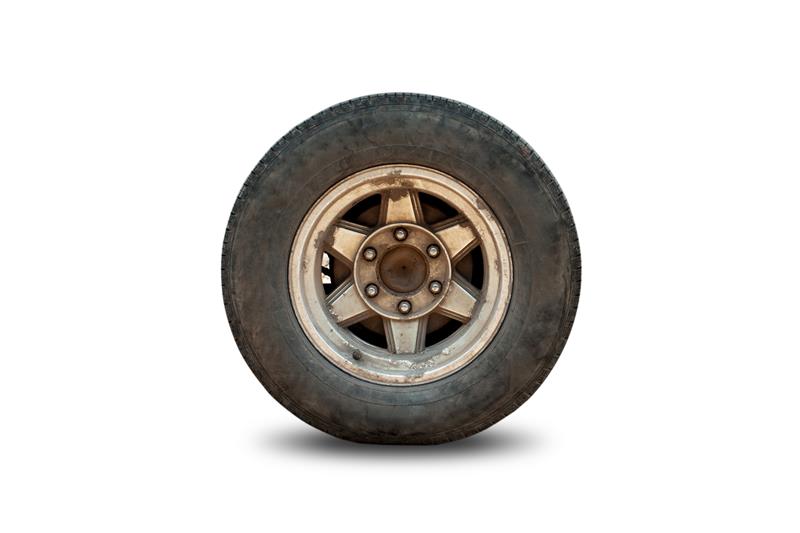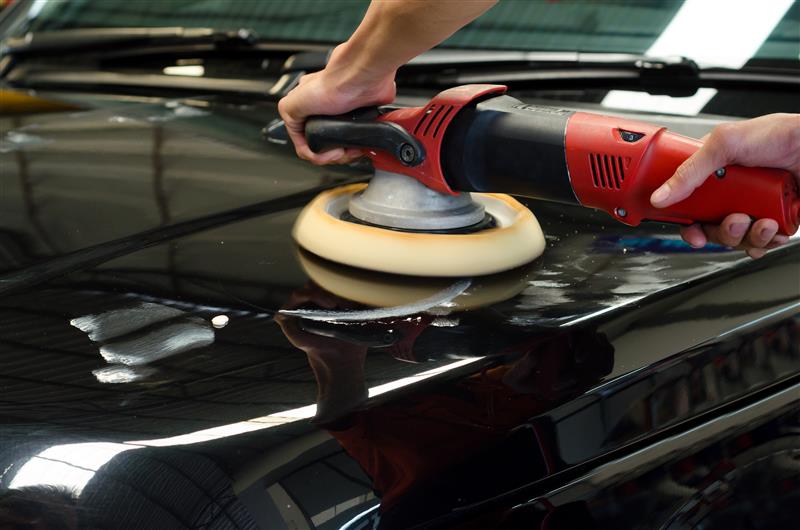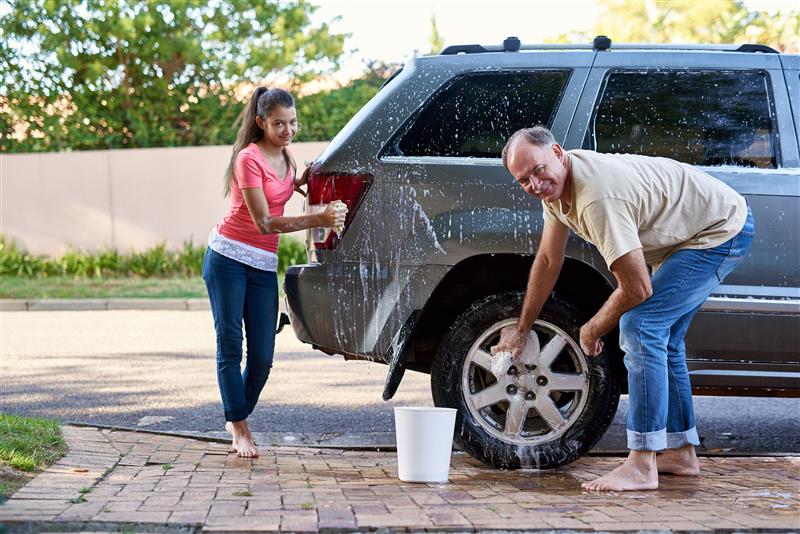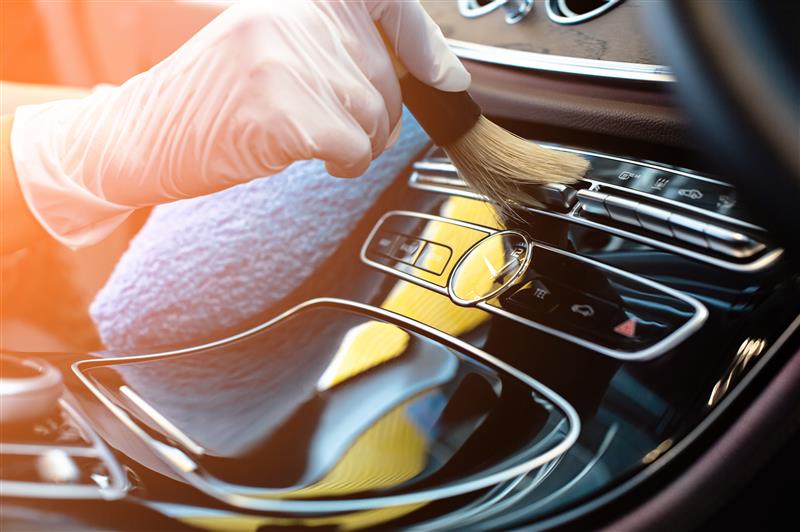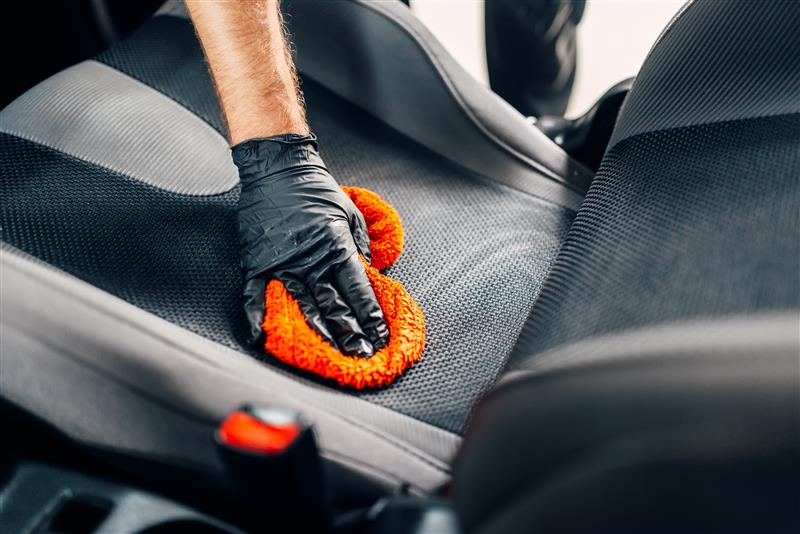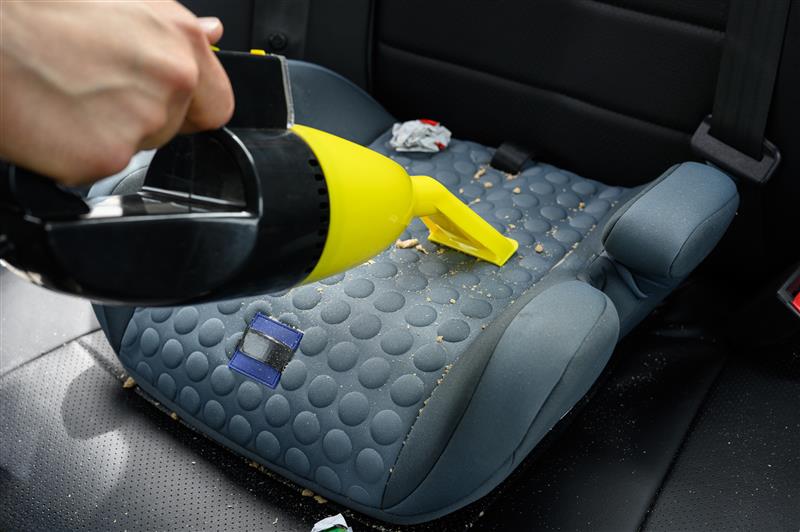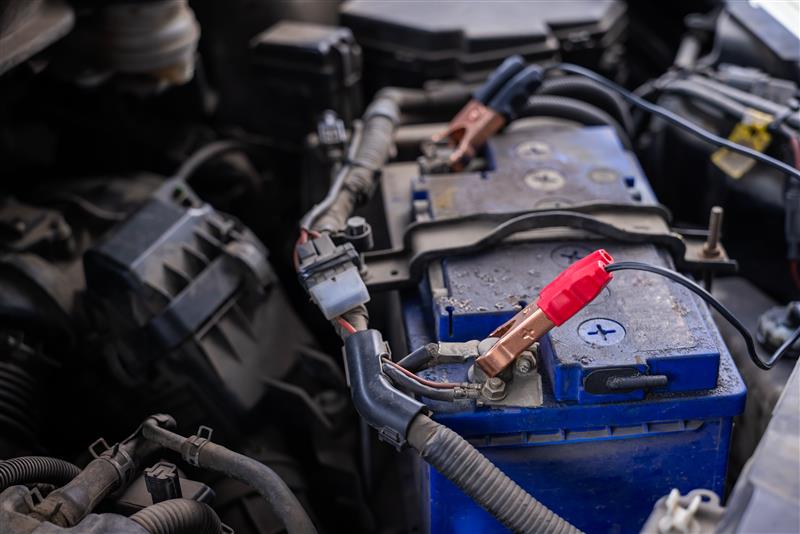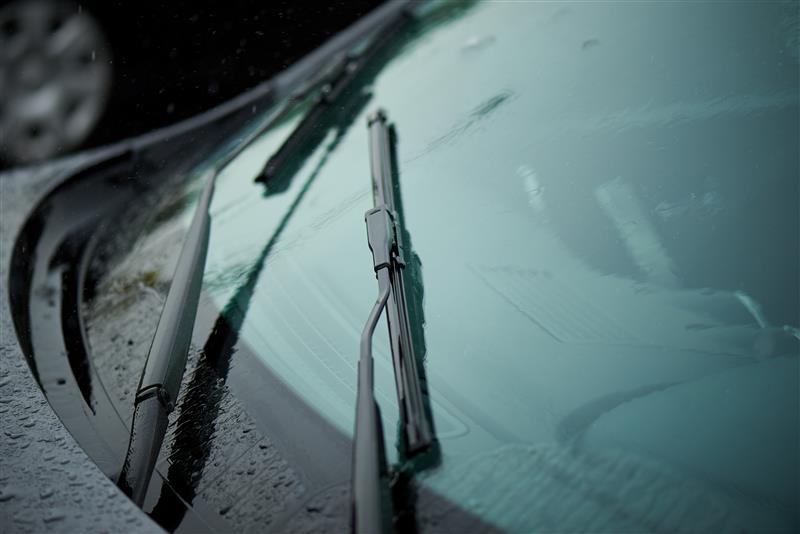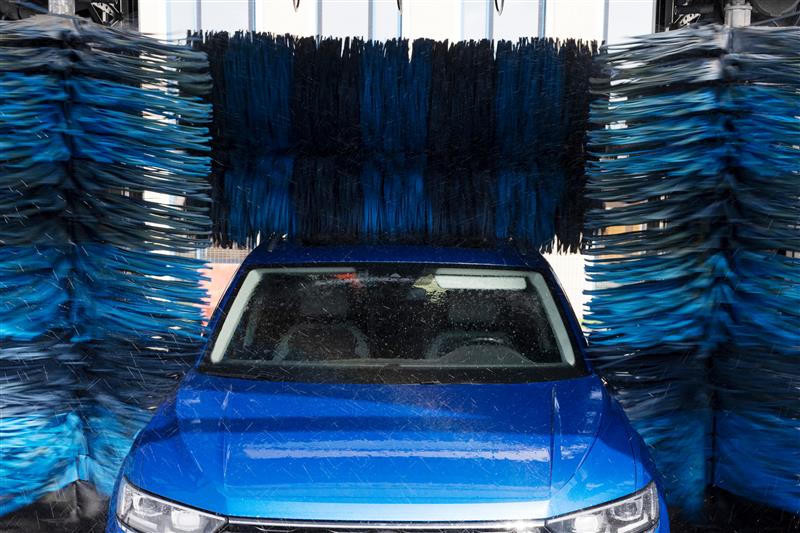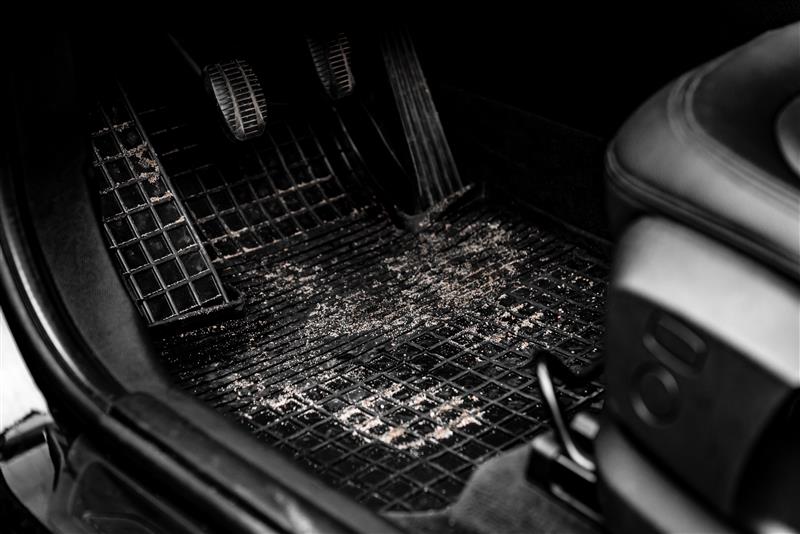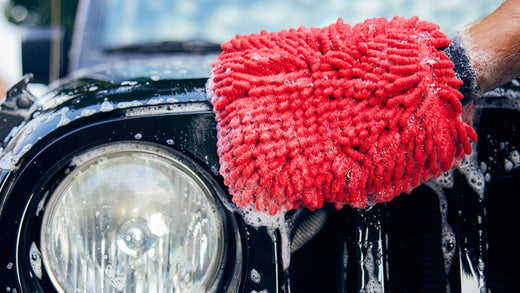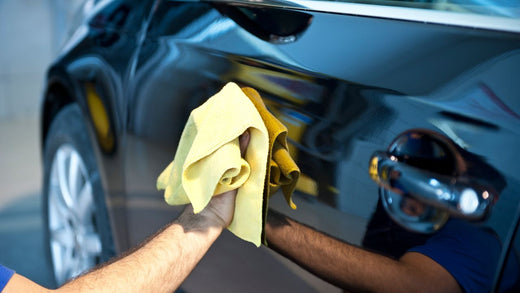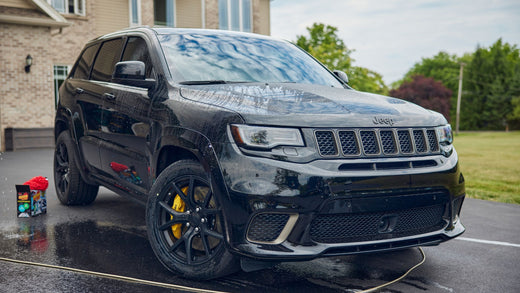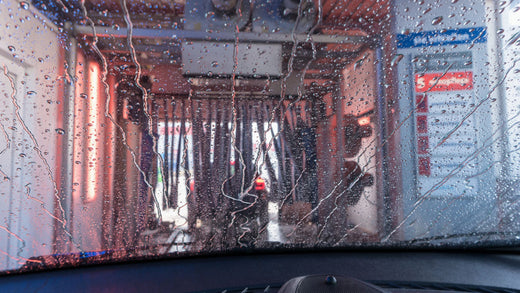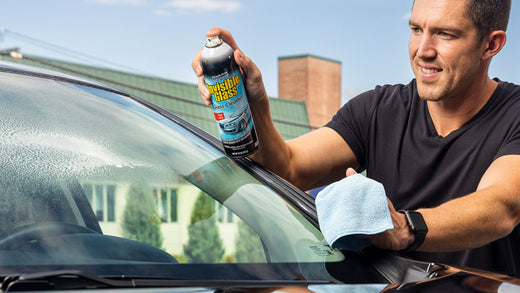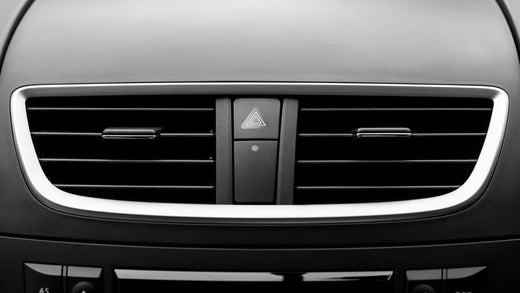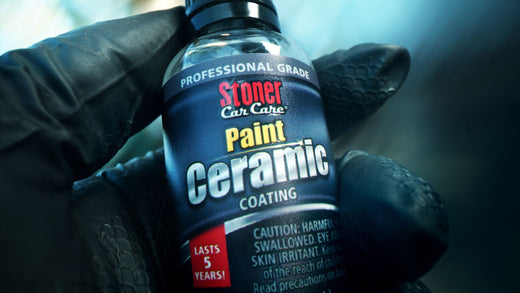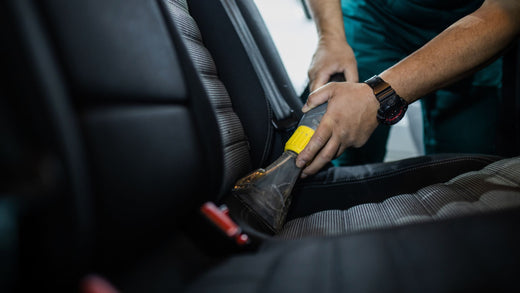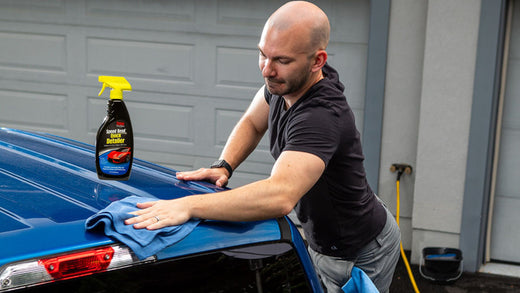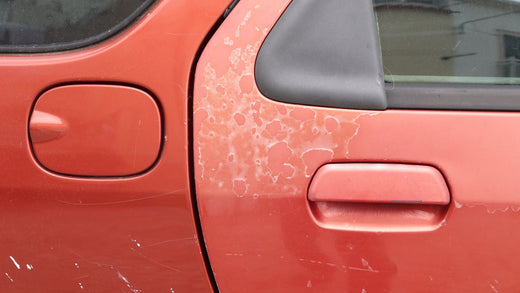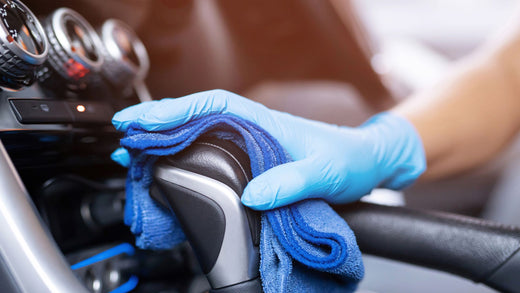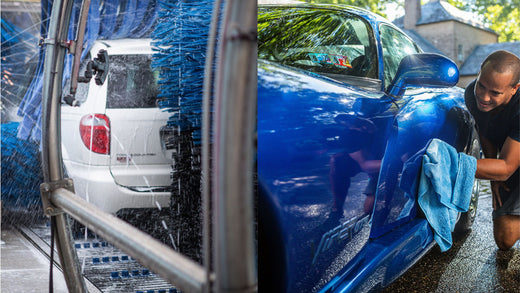Clear vision ahead with our holiday markdowns on Invisible Glass Ceramic Silicone Wiper Blades. Prices as marked.
While it’s far from the optimal season to clean your car, you can - and should - wash it in winter. In this post, we’ll touch on a winter-safe step-by-step cleaning process, the products to get the job done, and the benefits of conducting a car wash.
To wash your car in winter: pick a day with suitable conditions, rinse the vehicle to spray off loose dirt and salt, apply car shampoo and wipe, dry thoroughly with a microfiber towel, and apply a protective wax or sealant product.
Winter detailing requires specific tools for an effective and safe cleaning process.
Tools and Materials
- Hose
- Water bucket (preferably two)
- Car shampoo
- Microfiber towels
- Wax or sealant product
Pick a day with suitable conditions
While it’s bitterly cold, water can freeze onto your car in seconds. This isn’t just inconvenient – water can get into your locks and door handles, and an ill-timed winter car wash can lock you out of your vehicle.
Prevent this problem, along with other cold-related issues, with pre-planning. Choose a day that registers 49 degrees or higher. Little to no wind is ideal, as wind chills complicate detailing. It’s always wise to select an area sheltered from the wind.
Temperature is the most significant factor when washing your car in the winter. It may take a bit of patience to wait for a perfect day, but it will save you many potential headaches. Follow the steps below once you have a day with ideal washing conditions.
Rinse the vehicle to spray off loose dirt and salt
A combination of dirt, grime, salt, snow, and ice remnants may build up on your car’s exterior throughout winter. While the quantity of contaminants is high, the truth is that most of these can simply be washed away with a basic rinse down – especially if the debris has dried.
Rinse the vehicle from top to bottom, going from the roof to the wheels. Grime will run downward as you rinse and moving from roof to tires will ensure dirt doesn’t seep onto previously cleaned areas.
Consider spraying the undercarriage of the vehicle while you have the hose out. The bottom of your car takes the brunt of salt, dirt, and road grime. Over time, salt will eat away at any metals and erode the surface. The undercarriage of your vehicle is a tricky area to clean effectively. If you have any issues with spraying the undercarriage of your car, consider putting a garden sprinkler underneath the vehicle. This step doesn’t have to be excessive – even a quick rinse down will go a long way in protecting your car from salt’s harmful effects.
Important note: lukewarm water can accelerate the cleaning process. Do NOT use boiling/near-boiling water, as it may cause exterior damage and could crack glass areas.
Apply car shampoo and wipe
Apply your choice of car soap and begin wiping the vehicle with a microfiber towel or wash mitt. We recommend utilizing the top-to-bottom cleaning method for this step. Move from one body panel to the next to help keep track of where you’ve cleaned.
Focus on areas with built-up grime that has not rinsed away. Areas close to and around the tires typically house the most built-up road grime.
Designate a clean and dirty bucket for this step. Frequently rinse your microfiber towel or wash mitt and replace it with clean, soapy water. Salt particles can begin dissolving into your glove or the bucket, meaning you can potentially reapply salty water to your vehicle. Using two separate buckets will ensure your clean, soapy water stays salt-free throughout the cleaning process.
Dry thoroughly with a microfiber towel
Once the surface is clean, dry with a microfiber towel using side-to-side or up-and-down motions. Drying in circular motions causes water streaking and spots. We recommend having a few microfiber towels at your disposal to avoid the reapplication of water or debris.
Apply a protective wax or sealant product
The surface of your exterior is now clean! However, it’s not safe from its next snowstorm, road salt, or cold weather encounter. We recommend you take an additional step of protection by using a wax or synthetic sealant product. Temperature plays a factor in these products bonding to your exterior, so always read the back of the product you’re using before applying. Wax products won’t apply correctly in weather under 50 degrees Fahrenheit.
Wax and synthetic sealants offer a variety of benefits. Wax products are more natural and provide a warmer shine, adding depth to the exterior paint. These products will typically wear down more quickly than synthetic products, whereas synthetic products are engineered for long-lasting results and easy application.
For an in-depth breakdown of wax and synthetic products, check out our exterior detailing guide here. Regardless of which you choose, we highly recommend protectants as they provide a barrier between your exterior finish and snow, salt, or other debris that can ruin your exterior.
Benefits of conducting a winter car wash
Cleaning in extreme temperatures requires thought and planning. However, there are significant benefits to washing your car throughout the winter season.
Save money
Believe it or not, routine car washing year-round will save you substantial money in the long term. According to a 2017 AAA survey, US Drivers paid an estimated $15.4 billion in rust repairs caused by de-icing methods over the previous five years – roughly $3 billion a year. A basic rinse down every week or two rinses off the salt, preventing corrosion and saving you money.
Stay safe
While road salt is beneficial for driving safety and traction, it will cause corrosion on any exposed metal. Most decomposition takes place on the lower half of the vehicle, affecting brake lines, fuel tanks, exhaust systems, and other critical components. Whether wet or dry, salt continuously causes damage. A simple rinse will go a long way in removing salt from these vital components – keeping you and your vehicle safe.
Drive with confidence and style
A winter car wash isn’t the most straightforward detailing job, but the benefits speak for themselves. A routine winter wash will keep your car on the road longer, save money, and keep it shining through the snow. Just follow these steps: pick a day with suitable conditions, rinse the vehicle to spray off loose dirt and salt, apply car shampoo and wipe, dry thoroughly with a microfiber towel, and apply a protective wax or sealant product. Drive through winter without a worry!

